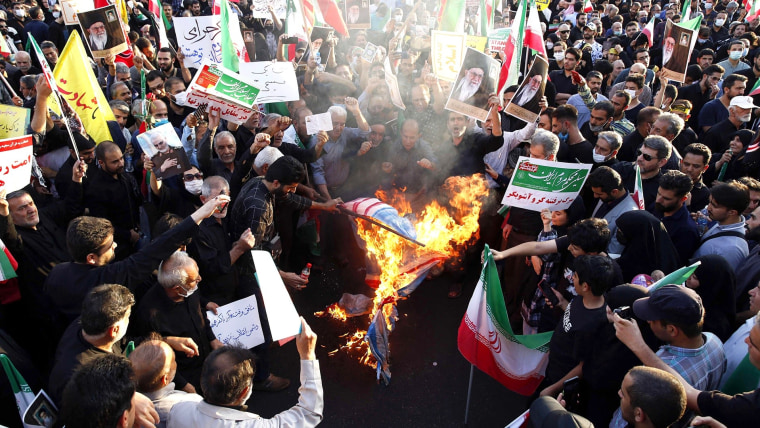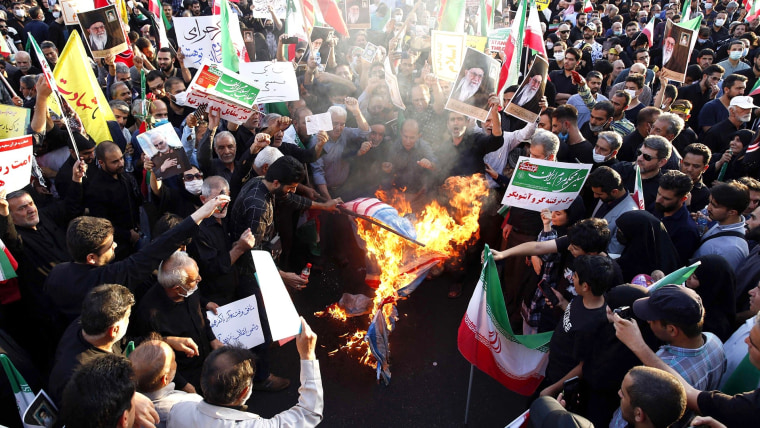A young woman whose death triggered weeks of violent unrest in Iran did not die due to blows to the head and limbs but from multiple organ failure, a coroner’s report said Friday.
Mahsa Amini, a 22-year-old from Iran’s Kurdistan region, died in custody after she was detained last month by morality police in Iran’s capital, Tehran, for allegedly failing to fully cover her hair and defying the country’s strict dress codes. Three days later, she was dead.
Police said Amini died after falling ill and slipping into a coma, but her family have said that witnesses told them she had been beaten by officers and have complained about the way investigations into her death have been conducted.
However, The Iranian Legal Medical Organization, which describes itself as independent but is part of the country’s judiciary, said in Friday’s report that an “underlying disease” related to surgery she had when she was 8, had caused Amini to lose consciousness after she “developed disorder in her heart rhythm and suffered from a decrease in blood pressure.”
A resuscitation operation “proved ineffective,” the statement said, adding that “in the first critical minutes, she suffered from severe hypoxia and brain damage as a result.”
Those suffering from Hypoxia have low levels of oxygen in the body. Symptoms include a rapid heart rate and breathing difficulties.
A physical examination of the body and autopsy, pathology tests showed her “death was not caused by blows to the head or any vital organs and parts of the body,” the report said.
Amini’s family have previously denied that she had a pre-existing condition. They have not commented on the report.
Police have also denied allegations that Amini was beaten and insisted that she died after suffering a heart attack. Iranian President Ebrahim Raisi, a hard-liner, has since ordered an investigation into her death and said he offered his condolences to her family.
Iran’s supreme leader Ayatollah Ali Khamenei also broke his silence about her death on Monday.
“Our hearts are broken for the young girl,” he said at a graduation ceremony for military cadets at the Imam Hassan Training Center in northwestern Tehran, according to the government-aligned Tasnim news agency.
He also accused the United States and Israel of planning the protests which have taken place in cities across the country and seen people take to the streets daily in anti-government demonstrations.

Iranian women have played a prominent role in the demonstrations and have been seen waving and burning their headscarves in a direct challenge to the government’s strict laws on how women should dress.
Schoolgirls have also joined the anti-government protests, removing their headscarves and chanting slogans against the Islamic Republic.
Outside Iran, social media users have cut their hair in solidarity, while thousands have attended rallies in European capitals and American cities like Los Angeles. The Iranian men’s soccer team held its own silent protest before a game in Austria last week, wearing black jackets that covered their national team emblem.
Iranian state TV reported last week that 41 had died in the demonstrations, although no official number has been given since then. However, human rights groups estimate this number to be much higher.





